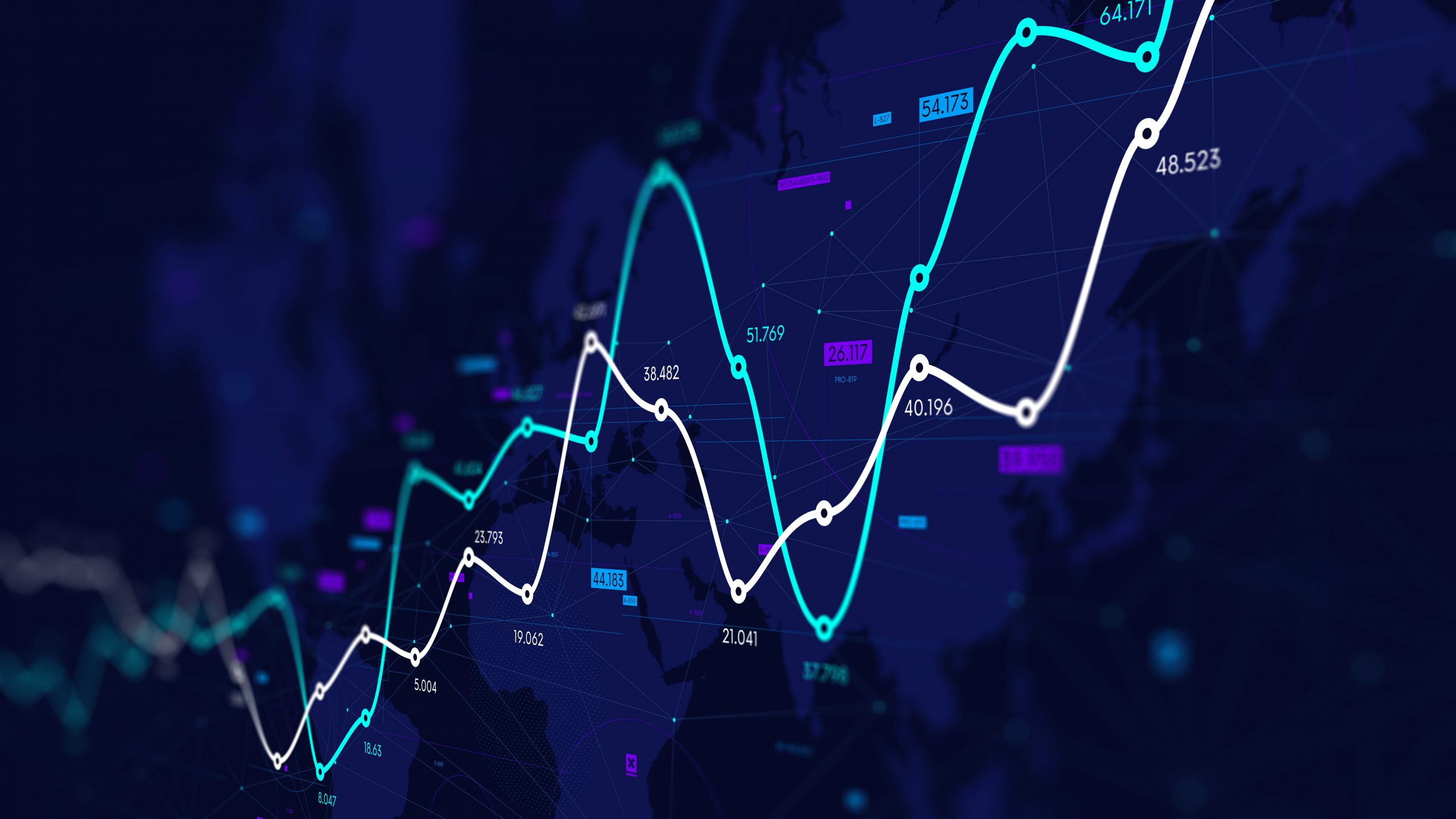What do we mean by smart decision making?
When everything around us is getting smarter with the advent of technology, then why not the process of decision-making?
Smart decision-making refers to the process to making logical, data-decisions with the help of smart technologies around us. These technologies allow us to be specific, relevant and time-bound to our goals, thus, allowing us to achieve more than what we desire.
Analytics decision-making refers to the use of data-analytics process like prescriptive analytics, predictive analytics, website analytics etc. in decision-making. Data analytics plays a large part in an organisation’s decision-making process by helping them decipher patterns from both employees and customers, thereby, allowing them to understand their experiences and interactions, and work with their analytics department to further enhance these interactions.
Data flows into an organisation at all times from various internal as well as external sources and if utilised properly, it can help the organisation stand out from its competitors. The importance of data in decision lies in its consistency and continual growth. Data enables the companies to:
- Create new business opportunities,
- Generate more revenue,
- Predict future trends,
- Optimize current operational efforts, and
- Produce actionable insights.
Data, thus, helps the organisations make more logical decisions than they would have otherwise. This way, the organisations stand to grow and evolve their empire over time, and become more adaptable over a period of time.
Data Analytics is a powerful tool for organizations to make informed business decisions. It can also be used to track a given decision’s impact, or to empower an organisation to take continuous timely decisions to meet their business goals by extracting trends, patterns and actionable insights from historical data.
Analytics further enables the organisations to make sense from patterns and trends that they might not have had at their fingertips and arrive at insights which help them make data-driven decisions. This also helps to avoid the problem of relying on the gut or intuitions for decision-making thereby, improving the productivity, cutting costs, optimizing existing processes, deep diving on risk analysis, and achieving a high ROI (Return on Investment).
Types of data analytics to support decisions
- Descriptive Analytics
Descriptive analytics is an important component of performance analysis because it enables the managers to make informed strategic business decisions based on historical data.
Descriptive analytics ploughs through the data and processes huge volumes of raw data to generate valuable insights by uncovering patterns hidden in the data. It simply explains what is happening often without explaining the why’s and thus, most of the organisations not just rely on descriptive analytics, but also focus on the other types of analytics mentioned below.
- Diagnostic Analytics
Diagnostic analytics answers all the why’s that come into picture. Furthermore, its ability to draw connections and causation between two variables makes it a valuable asset in decision-making. Diagnostic analytics provides a comprehensive, detailed picture of different situations, which aids company leaders in making the right decisions, further increasing their earnings and reducing the chances of large-scale layoffs by removing uncertainty from decision-making by helping the organisations as well as the analysts to dig deeper into the existing environment, identifying the sources of all the problems and also validating the actions and results for accurate decision-making.
- Predictive Analytics
Predictive analytics encompasses a wide variety of statistical techniques from data mining, predictive modelling, and machine learning, that analyse current and historical data and facts to make predictions and informed decisions for businesses about future or otherwise unknown events.
- Prescriptive Analytics
Prescriptive analytics makes use of machine learning models and algorithms to help businesses decide a course of action based on the predictions. It works with predictive analytics, which uses data to determine near-term outcomes. When used effectively, it can help organisations make decisions based on facts and probability-weighted projections, rather than under-informed conclusions based on instincts.
Prescriptive analytics reveals the actions that should be considered to eliminate the possible future problems. This state-of-the-art type of data analytics requires not only historical data, but also external information due to the nature of the statistical algorithms. Prescriptive analytics can also play an important role in discovering the competitive advantage because of its broader scope.




